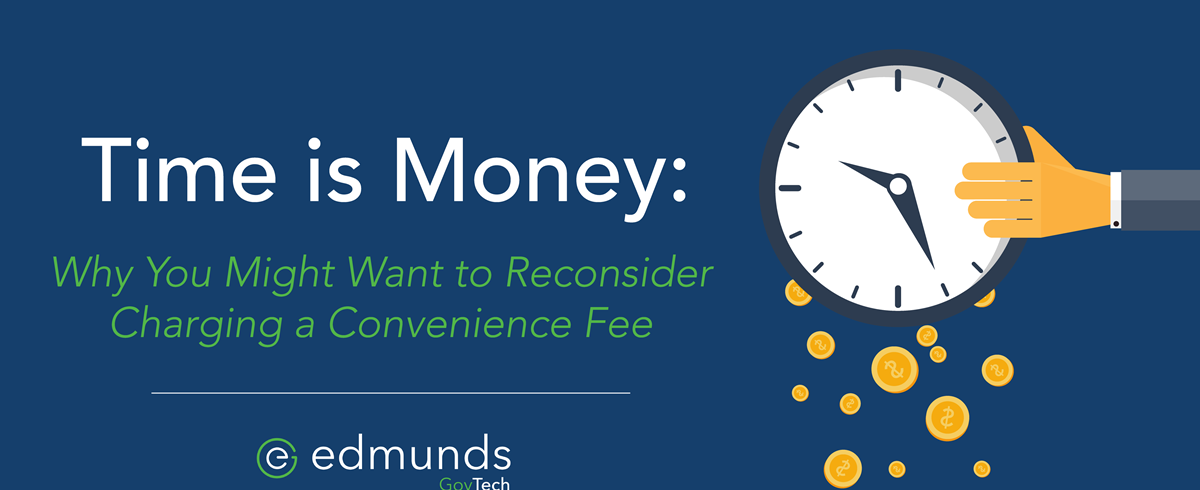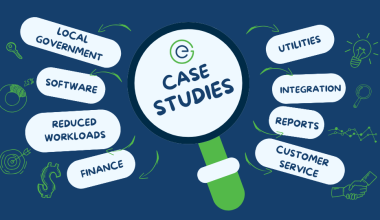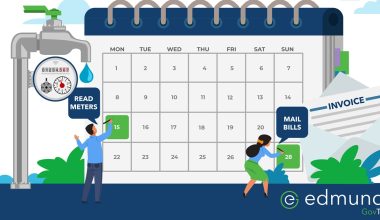Earlier this month, I presented How to Increase Revenues Without Raising Rates at the National Rural Water Association’s WaterPro Conference. This presentation focuses on fees utilities may not be charging but might want to consider.
Convenience fees
Along with several other fees, the presentation also touches on credit card convenience fees. Using data from the 2021 Utility Fee Survey, I point out that most utilities charge a convenience fee and, for those that do, most have a third-party charge the fee.
Why charge a convenience fee?
The usual response whenever I ask this question is “it’s not fair for all of our customers to be charged for those who want to pay by credit card”, or something to that effect. However, is that really the case…?
Whenever I talk about convenience fees, I also show this graphic of a customer who suspended convenience fees due to COVID-19. Initially they waived the fees because their office was closed to the public but, when they saw the response, they ultimately did away with convenience fees altogether.
Cash and check payments aren’t free!
Back to my presentation at the WaterPro Conference. I displayed the slide with the graphic above and someone in the front row asked, “But doesn’t it cost the utility to accept credit cards?” My response was “It does, but are cash and check payments free?”
A big advantage of credit card payments, especially online and IV payments, is no user intervention is required to process the transaction, unlike cash and check payments. Minimizing staff time processing payments is important, especially for offices that aren’t back to being fully staffed due to COVID-19.
Let’s look at some of the labor components of cash and check payments:
- Taking payments (often prolonged because the customer wants to chat)
- Making change
- Picking up mail from the post office (if it’s not delivered to your office)
- Opening the mail
- Researching account numbers for any mail payments without a bill stub
- Entering payments
- Balancing the cash drawer
- Reconciling payment transactions
- Preparing bank deposit
- Taking bank deposit to the bank
After factoring in the time required to process cash and check payments, as compared to virtually no time spent to process credit card payments, it’s clear that taking cash and check payments costs the utility, too. It’s just not as obvious as when the credit card processor makes one large withdrawal from your bank account each month!
Cost of doing business
Utilities that don’t charge a fee for credit card payments generally consider the convenience fee to be a cost of doing business. They recognize if fewer customers paid by credit card, they might have to hire additional staff. As such, they are willing to absorb the convenience fee to avoid paying additional salary and benefits.



